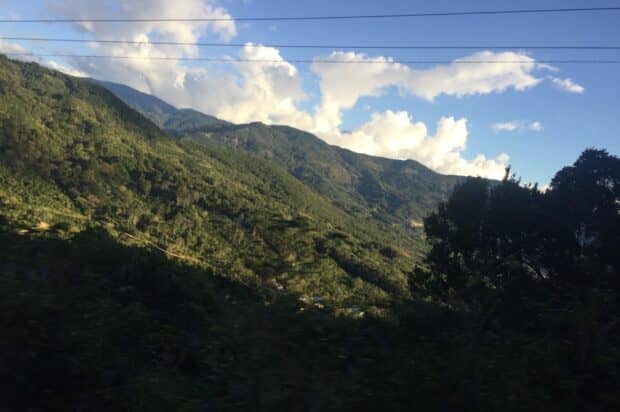[[{“value”:”
Coffee production in El Salvador is estimated to reach approximately 555,000 60-kilo bags in market year 2023/24, a decline of more than 100,000 bags from the previous estimates.
The country’s coffee sector continues to be affected by climate change, a lack of labor in rural areas due to migration, aging coffee trees and sustained high costs for farm inputs such as fertilizers.
These and other issues are outlined in the new USDA Foreign Agriculture Service annual report on the Salvadoran coffee sector.
[Note: This is part of a series of stories that will explore USDA FAS annual coffee reports. The information agency typically delivers more than a dozen country-level reports on the coffee sector, each coming from different authors and field offices.]
Green Coffee Production
El Salvador’s coffee production is expected to rise from 555,000 sixty-kg bags in 2023/24 to 560,000 bags in 2024/25. These estimates are down from previous estimates of 670,000 bags for 2023/24.
A government-led assistance plant giveaway program for small farmers (10 hectares or less) has been minimally effective, and the report recommends additional activities regarding coffee rust prevention and plant management.
Specialty and value-added coffee production is growing, with farmers focusing on micro and nano lot sales to specialty retailers in the U.S., Europe, and Asia, providing additional revenue.
Domestic Consumption
Coffee consumption in El Salvador is growing, with new coffee bars and retail brands — including Juan Valdez, Starbucks, McCafé and local brands Viva Espresso and The Coffee Cup — further boosting demand.
Total 2023/24 consumption is estimated to reach 295,000 bags, marking a strong post-pandemic rebound.
Despite the rise in local high-quality coffee consumption, nearly 90% of domestic consumption is for lower-quality soluble (instant) coffee.
Trade
Coffee exports for the 2023/24 market year are estimated at 402,200 bags, a 22% decrease from the previous crop, but are expected to rise to 525,000 bags in 2024/25.
The United States is the primary export destination for Salvadoran coffee, accounting for about 43% of total exports, followed by Germany at 8%, with Belgium, Italy, Japan and Canada also being significant markets.
Promotional events like the Cup of Excellence and global electronic auctions have boosted premium prices for gourmet and specialty coffees, incentivizing increased exports of these high-quality varieties.
“}]]


